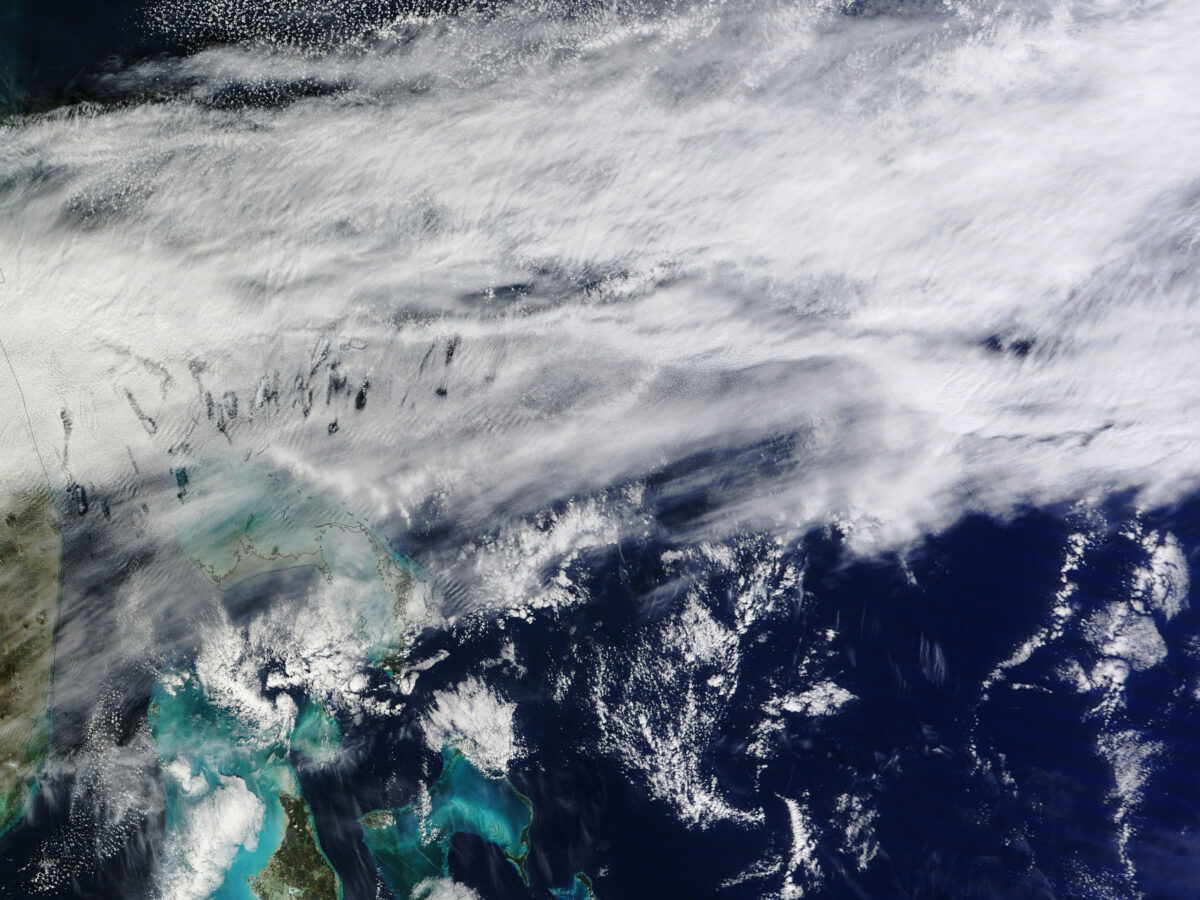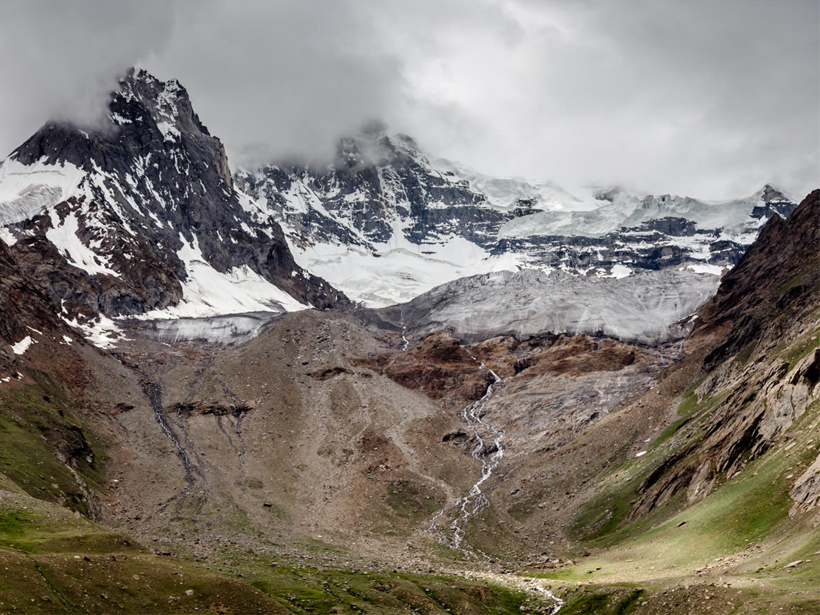Researchers use aquaplanet experiments to zero in on the effects of small-scale processes in the tropics that cause discrepancies between climate models.
Journal of Advances in Modeling Earth Systems (JAMES)
Climate Change May Reduce Future Corn Supply
A suite of simulations run with a spectrum of starting conditions shows that climate change will reduce corn crop yield, although the degree of reductions varies widely.
Four Perspectives on Order From Chaos
What makes thunderstorms clump, even to the point of singularity, over uniform oceans? Three recent papers in JAMES address this question, and a new Commentary ties them together.
Climate Change Influences the Dynamics Behind Tropical Cyclones
A new model reveals how cumulus convection, humidity, and tropical circulations interact as global temperatures rise.
Nitrogen Garners Starring Role in Refined Earth System Model
Scientists create a more realistic representation of plant nitrogen uptake and usage to improve global climate simulations.
Modeling the Effects of Clouds on Climate
New research investigates how mixed-phase cloud partitioning and cloud cover compensate each other in GCMs.
Permafrost Area Is Sensitive to Key Soil and Snow Physics
Accounting for key soil and snow variables shows a much higher impact on simulated permafrost area than uncertainties in land cover and climate data.
Modeling Weather over Mountainous Terrain
Scientists use high-resolution models to study how the jagged terrain of the Earth's mountains influences precipitation.
Improved Models of Wind Flow over Mountains
A new approach for representing areas of low-lying mountains improves the simulation of atmospheric flow over gentle topography without increasing computational requirements.
Illuminating the Controls of Convection
Researchers compare observations and models of air circulation over the tropics to determine if simulations capture how the environment shapes convection.







